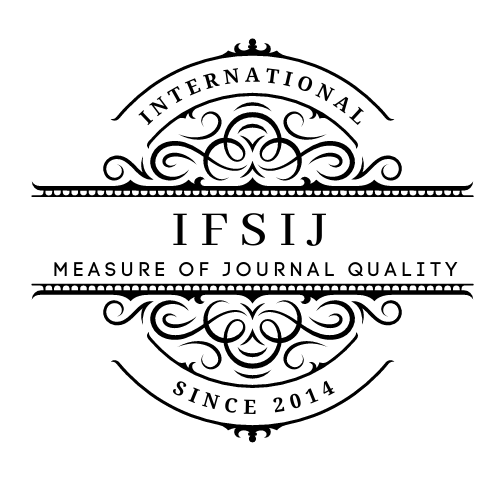INFLUENCE OF QUERCETIN ON THE LEVEL OF GLUCOSE AND GLYCED HEMOGLOBIN IN AN EXPERIMENTAL ALLOXAN MODEL
Abstract
Type 1 diabetes mellitus, according to modern concepts, is an autoimmune disease in which changes in the humoral and cellular immunity play a key role. This leads to infiltration of the islets of Langerhans by immunocompetent cells (insulitis) and, ultimately, causes the destruction of β-cells with the development of absolute insulin deficiency. In childhood, the loss of β-cells occurs rapidly and by the end of the first year of the disease the residual endocrine function of the pancreas fades. Quercetin is one of the most common flavonoids in plants and exhibits a wide range of biological activity, which makes it promising for the development of drugs based on it and the synthesis of new pharmacologically active molecules. The most common forms of quercetin are quercetin glucuronide, quercetin sulfate, and methylated quercetin [1,4]. It is worth noting that most often this flavonoid is found in plants in the form of compounds, which, as a rule, contain sugars in their structure. For example, rutin is a glycoside consisting of quercetin and the disaccharide rutinose. When glycone is replaced by galactose, a well-known phenolic compound, hyperoside, is formed. The introduction of sugars into the structure of quercetin, in addition to affecting its absorption and pharmacological effect, also changes its solubility. Based on this, it should be considered relevant to study the effect of the flavonoid quercetin when administered orally in order to create various forms of drugs for the treatment of diabetes. [3.5].
Downloads
Published
Issue
Section
License

This work is licensed under a Creative Commons Attribution-NonCommercial-NoDerivatives 4.0 International License.















